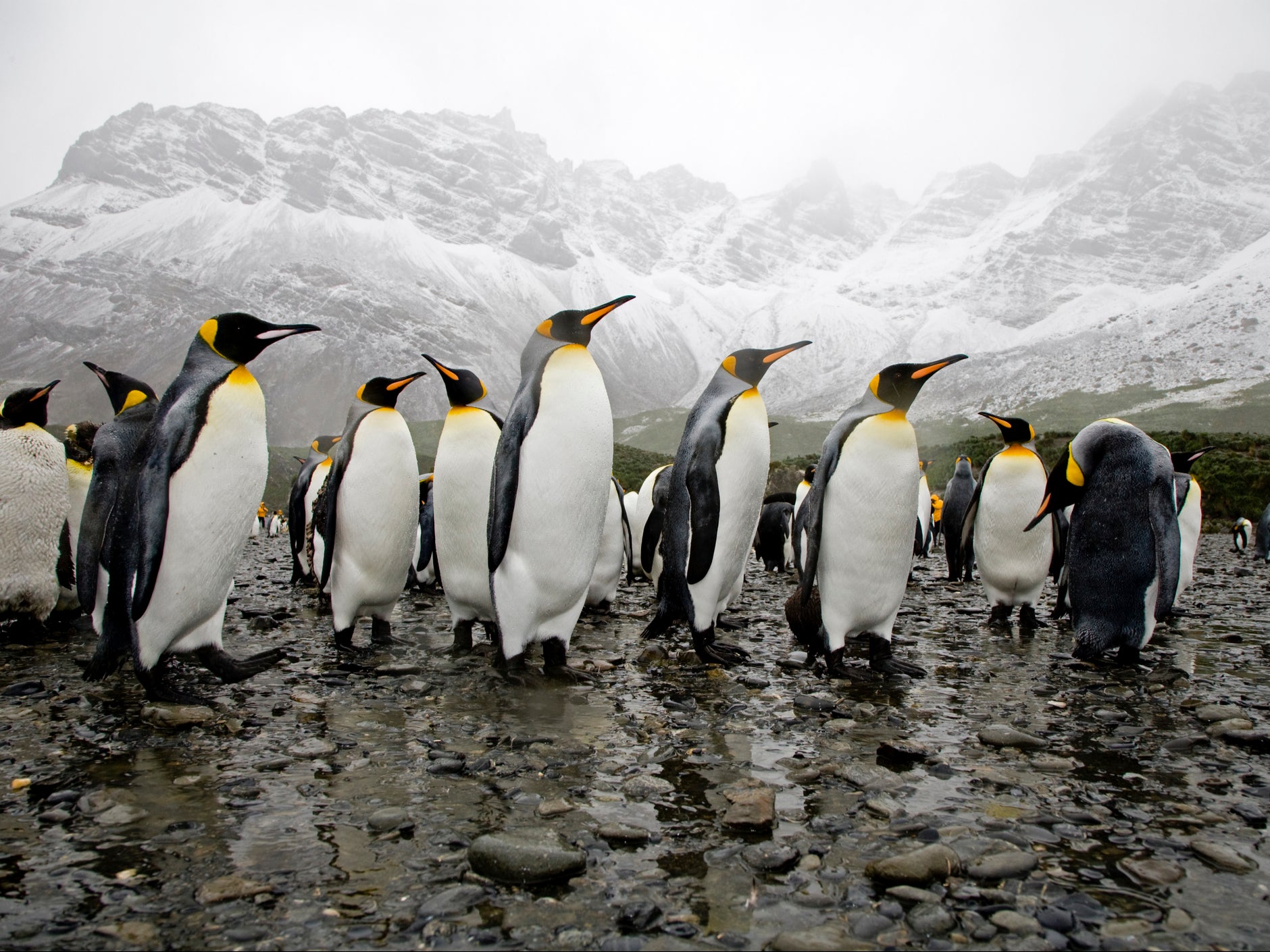‘Antarctic monsoons’ could occur in dramatic chain reaction of extreme weather, scientists warn
Ice loss could spark major changes to weather patterns, research into previous warm periods reveals. By Harry Cockburn


The climate crisis could cause a dramatic chain reaction of warming events in the Antarctic, which could lead to heavy rainfall and accelerating ice loss on the continent, scientists have said.
New research suggests that in the past, when atmospheric carbon dioxide levels and global average temperatures hit levels likely to be seen by the end of this century, the vast ice sheet covering the continent was much more unstable than previously thought.
During this period in the Middle Miocene (13-17 million years ago), the ice sheet retreated and possibly came close to collapse, the scientists said. When the period of global heating ended, it stabilised again.
If the ice sheet was to retreat significantly, it would begin to reveal the ground beneath the ice, and if this process continued unabated it would then have larger and larger impacts on the weather, resulting in rising temperatures, increased melt rates and changes to major weather patterns.
“When an ice sheet melts, the newly exposed ground beneath is less reflective, and local temperatures become warmer,” said lead author Dr Catherine Bradshaw, of the Met Office and the Global Systems Institute at the University of Exeter.
“This can dramatically change weather patterns. With a big ice sheet on the continent like we have today, Antarctic winds usually blow from the continent out to the sea.
“However, if the continent warms this could be reversed, with the winds blowing from the cooler sea to the warmer land – just as we see with monsoons around the world.
“That would bring extra rainfall to the Antarctic continent, causing more freshwater to run into the sea.”
Not only would this raise sea levels as the ice melts faster, but it would also have a major effect on the makeup of the ocean, which could also hasten the loss of the ice.
Dr Bradshaw said: “Freshwater is less dense than saltwater and so it can sit on the sea surface, rather than sinking and circulating as saltwater does.
“This effectively breaks the connection between the deep ocean and the surface ocean, causing warmer water to accumulate at depth.”
The study suggests that the processes triggered by increasing rainfall would reduce the ability of the climate system to maintain a large Antarctic ice sheet.
“Essentially, if more land is exposed in Antarctica, it becomes harder for a large ice sheet to reform, and without favourable orbital positions in the Middle Miocene playing a role, perhaps the ice sheet would have collapsed at that time,” Dr Bradshaw said.
If Antarctica’s entire ice sheet were to melt, it would have major global consequences, raising sea levels by around 60 metres.
During the warm Middle Miocene period there were unusually large swings back and forth in deep-sea temperatures, the scientists said.
The study shows that fluctuations in the total area covered by the ice sheet were a major factor in causing deep-sea temperatures to change so dramatically.
However, fluctuations in the total volume of ice on the continent were found to be of much less importance.
The scientists said variations in the positioning of the Earth relative to the sun caused the ice sheet to advance and retreat, and this altered weather patterns – triggering processes that can accelerate ice loss or gain.
Rain falling on the ice sheet can cause fracturing, surface melt and extra freshwater running off the continent, which, in turn, can cause deep-sea temperatures to rise – potentially influencing Antarctic ice from beneath.
Dr Agatha De Boer from the University of Stockholm, a co-author of the research, said: “When the Middle Miocene climate cooled, the link we have found between the area of the ice sheet and the deep-sea temperatures via the hydrological cycle came to an end.
“Once Antarctica was fully covered by the ice sheet, the winds would always go from the land to the sea and as a result rainfall would have reduced to the low levels falling as snow over the continent we see today.”
Dr Petra Langebroek, a Senior Researcher from Norwegian Research Centre and the Bjerknes Centre for Climate Research, who is also a co-author of the work, said: “These findings imply a shift in ocean sensitivity to ice sheet changes occurs when ice sheet retreat exposes previously ice-covered land.”
Professor Carrie Lear, from Cardiff University, who first devised the project, said: “This study suggests that during a warm period about 15 million years ago, the Miocene Antarctic ice sheet was capable of major advance and retreat across the continent.
“This is concerning, but further research is needed to determine exactly what this means for the long-term future of the modern Antarctic ice sheet.”
Dr Bradshaw stressed that conditions now are not identical to those in the Middle Miocene, and the model used in the study does not include the impact of feedbacks from the carbon cycle or the ice sheet itself.
The research is published in the journal Nature Geoscience.
Join our commenting forum
Join thought-provoking conversations, follow other Independent readers and see their replies
Comments